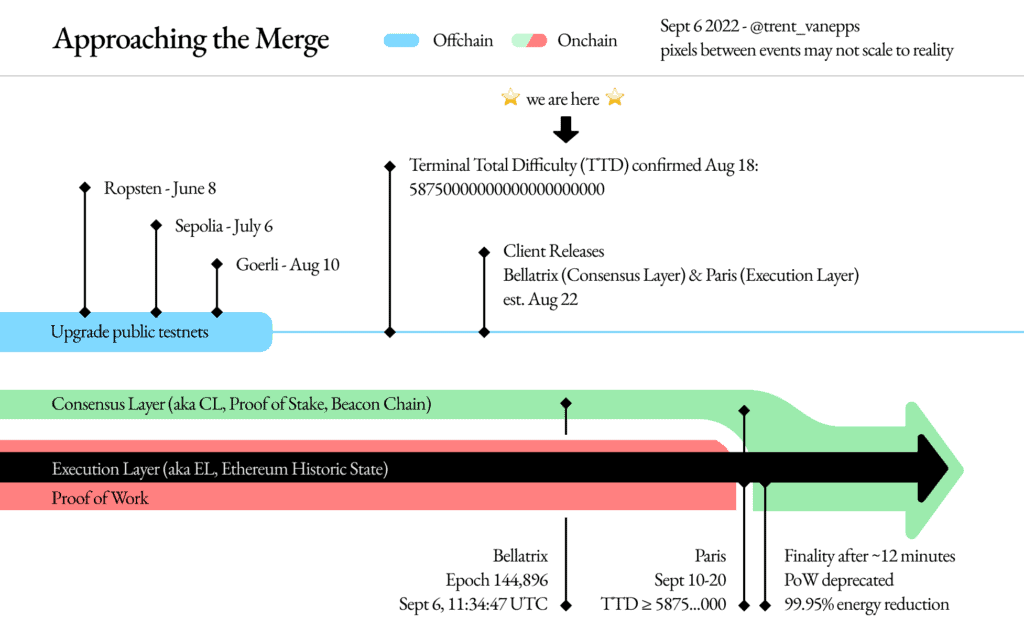Ethereum (ETH) has experienced a surge in staking activity following the implementation of the Merge and Shanghai upgrades, but this growth comes at a price. A recent research report by JPMorgan (JPM) highlights the trade-offs that Ethereum faces as it seeks to balance staking adoption with concerns over centralization and yield.
The report underscores how Ethereum’s journey towards staking has led to increased centralization. The network’s shift towards staking has inadvertently concentrated control over staked ether in the hands of a few major operators. This centralization has raised concerns within the crypto community, as it contradicts the ethos of decentralization that underpins blockchain technology.
In response to these centralization concerns, decentralized liquid staking platforms like Lido have gained prominence. Lido has actively worked to mitigate centralization risks by adding more node operators. This strategy aims to prevent any single entity from wielding excessive influence over the network.
However, even with efforts to decentralize, the report cautions that any degree of centralization poses inherent risks. A concentrated number of liquidity providers or node operators could potentially act as single points of failure, become vulnerable to attacks, or collude to create an oligopoly, which could undermine the interests of the broader Ethereum community.
Ethereum’s Rehypothecation Risk
Another risk highlighted by JPMorgan is the phenomenon of rehypothecation. This occurs when liquidity tokens from staking are reused as collateral across multiple decentralized finance (DeFi) protocols. If a staked asset experiences a significant drop in value or is compromised due to malicious attacks or protocol errors, it could trigger a cascade of liquidations across DeFi platforms.
Moreover, the report points out that the appeal of Ethereum from a yield perspective has diminished as staking has gained popularity. The total staking yield has decreased from 7.3% before the Shanghai upgrade to approximately 5.5%. This reduction in yield has occurred at a time when traditional financial assets are offering increasingly attractive yields, making Ethereum’s value proposition less compelling for some investors.
In conclusion, Ethereum’s foray into staking has ushered in a new era for the network, but it has also raised critical concerns. The delicate balance between decentralization and centralization risks, along with the challenges posed by rehypothecation and reduced yield, presents a complex landscape for Ethereum to navigate as it continues to evolve. The crypto community and Ethereum’s development teams must work collaboratively to address these issues and ensure the long-term sustainability and resilience of the network.












